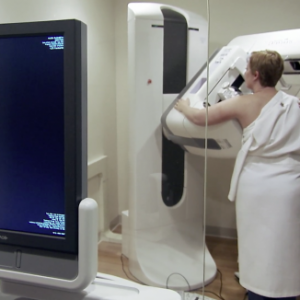Multiple diseases of the skin, kidney liver, and other organs are diagnosed with the technique of direct immunofluorescence. Direct Immunofluorescence also known as DIF involves the use of fluorophore tagged antibodies that bind to antigens in cells in biopsies.
Multiple staining patterns are seen and these patterns are specific and diagnostic of the various conditions.
- In skin, DIF is used in diagnosing autoimmune bullous disease such as pemphigus vulgaris ,Pemphigus foliaceusBullous pemphigoidEpidermolysis bullosa etc.
- DIF is also used in diagnosing multiple connective tissue disorders such as lupus erythromatosis , systemic sclerosis, dermatomyositis and dermatomyositis .
- Vasculites can also be diagnosed by use of techniques it can be Small vessel vasculitis,Henoch–Schönlein purpura ,Lichen planus or Porphyria cutanea tarda, .
- The site of doing the biopsy depends on the suspected disease such as For Autoimmunebullous diseases: normal-appearing perilesional skin biopsy is taken which is close to the bulla
- For Connective tissue diseases: the biopsy is taken from the lesional site.
- For the diagnosis of Vasculitis: a punch biopsy is taken from the lesion
- Specimens for immunofluorescence are not put in formalin and are put in either saline solution of special media like Michel or Zeus media
- In the laboratory, a frozen section of the tissue is taken and they are treated with the fluorescent tagged antibody and the biopsy is observed in a florescent microscope for the positivity and the pattern
- Both the Primary site of the immune deposits and the staing pattern is essential for the diagnosis. Some of the patterns noted are the intercellular surface staining (ICS) pattern, Linear basement membrane zone (BMZ) pattern, Granular BMZ pattern, and Shaggy BMZ pattern.
- Some disease have a specific staing pattern such as intercellular space staining pattern (chicken-wire) as seen in , pemphigus Vulgaris, Intercellular space staining pattern (chicken-wire), seen in pemphigus foliaceus,
- Specific pattern of Pemphigus vulgaris is ICS pattern of IgG or C3 deposit.
- For Pemphigus foliaceus an ICS pattern for IgG or C3 is seen.
- In IgA pemphigus an ICS Pattern with IgA deposit is seen.
- For Bullous pemphigoidLinear BMZ with IgG and linear BMZ with C3 is observed.
- In Mucous membrane pemphigoid (cicatricial pemphigoid)Linear BMZ pattern with IgG, C3, and IgA deposit is seen.
- Epidermolysis bullosa acquisita shows linear BMZ IgG and C3 deposit or sometimes, linear BMZ IgA or IgM seen
- Dermatitis herpetiformis shows Granular BMZ with IgA deposit, granular BMZ with C3 deposit or rarely, granular BMZ IgG and M3 seen.
- Lupus erythematosus -Systemic lupus erythematosus shows Granular BMZ IgG, IgM, IgA, C3.Speckled epidermal nuclei pattern IgG (10–15%). Discoid lupus erythematosus shows Granular BMZ IgG, IgM. Cytoid bodies IgM and IgA. Subacute cutaneous lupus erythematosus shows Granular BMZ IgG, IgM, C3. Epidermal intracytoplasmic particulate deposition IgG. Cytoid bodies IgM, IgA
- Systemic sclerosis shows Granular BMZ IgM, Speckled epidermal nuclei deposition (20%).
- Mixed connective tissue disease shows Granular BMZ (15%). Speckled epidermal nuclei pattern IgG (46–100%).
- Dermatomyositis shows Granular IgM, IgG, C3.Cytoid bodies IgM, IgA.
- Lichenoid reactions (lichen planus, drug reactions and photodermatoses) show Shaggy BMZ pattern for fibrinogen. Cytoid bodies IgM, IgA
- Porphyria cutanea tarda shows Dermal vessels: continuous thick staining IgG, IgA, C3. Granular BMZ C3, IgM & Linear BMZ IgG, IgA
- Vasculitis shows Strong dermal vessels IgM, IgG, C3, and fibrinogen deposit.
- Henoch–Schönlein purpura shows strong dermal vessels IgA deposit.
- Limitations and wrong results may occur if the biopsy is from an incorrect site
- Prolonged storage of specimen before transport to the laboratory
- Photobleaching and other laboratory errors
- The patient is on active immune-modulating treatment.


